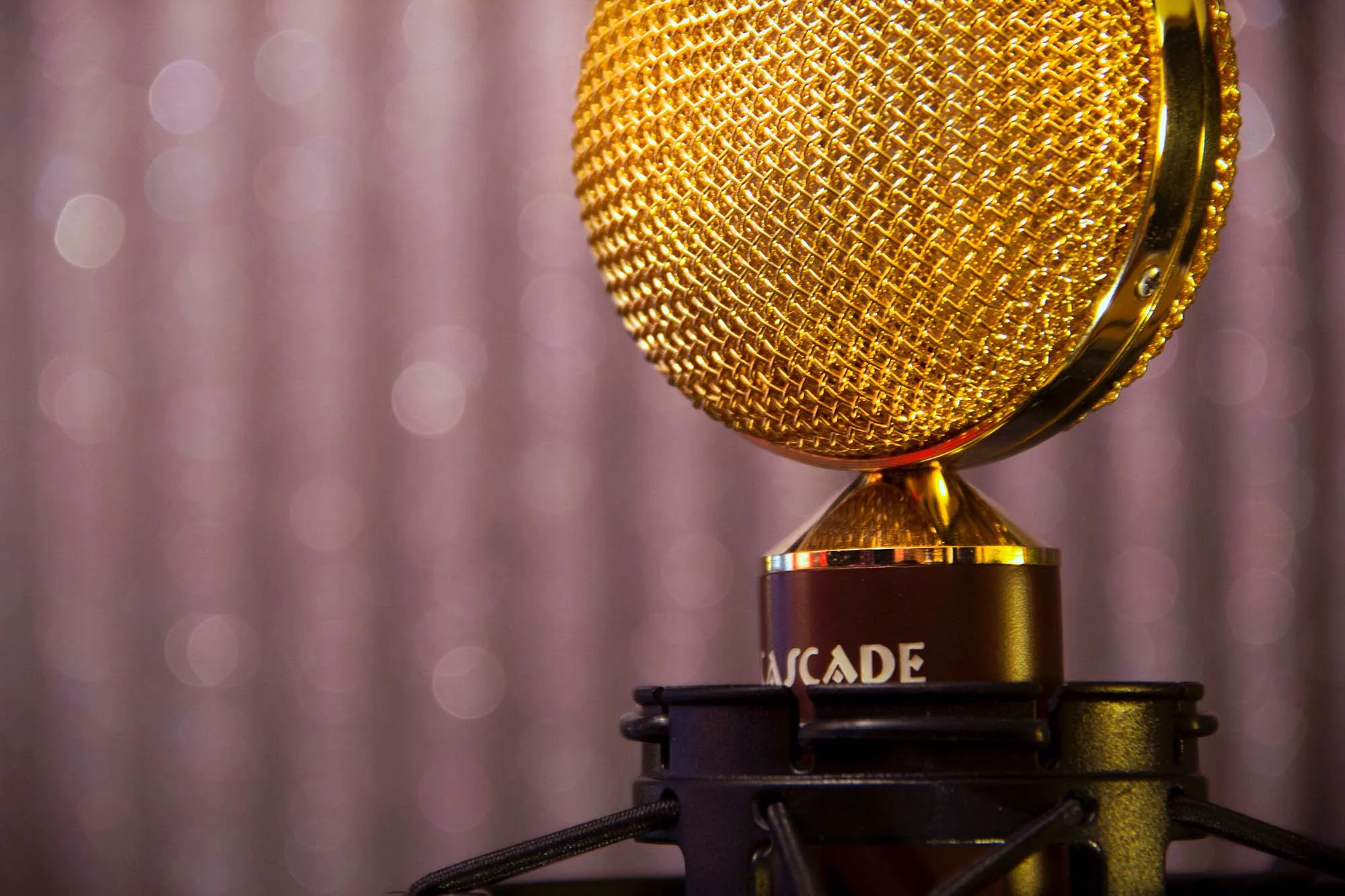How to listen and make mix notes that get results
helping you help me...help you
Getting a mix that achieves your goals and vision for the song is a collaborative process. I do everything I can to understand the artist's vision before I begin the first mix, but there is usually still room for fine tuning, and that’s why we do a revision process.
There’s a list of guidelines and procedures I ask my clients to use when listening to their mixes and preparing notes for me. After a few times typing it all out, I had the brilliant idea (or someone near me did) to save it all so it can be simply passed to clients when they needed it. Now I’ve finally had the common sense to make it part of my website so my clients —and anyone else— can refer to it.
Take Notes:
Write your thoughts down as you’re listening! Memory is very shaky, and we don’t want to leave anything to chance. You can edit the notes later, so write it all down as you go. Use a notepad, voice memo, or a note app; use whatever you like best.
Listen on Multiple Speaker Systems:
If you make notes based on just hearing the song on your laptop or phone speaker, you’re not getting anywhere near the full picture, and your notes will reflect that.
Listen on the systems through which you’re most familiar hearing music. These could be earbuds, headphones, a car stereo, or a home stereo. Maybe the phone speaker, too; just be sure to listen in many places to get a good idea of how the song sounds to everyone around the world.
Listen at Different Volumes:
Our ears hear differently at different volumes. So after the initial excitement of having that first mix to listen to pushes you to crank things up, pull it back and see what pops out at quieter volumes. Does the vocal get lost? Does the energy stay up when it’s quiet? Is it too harsh when I crank up the speakers? Sometimes we listen to music in the background and other times it’s cranked up so we can sing along. This will give you yet another perspective, and you may revise your notes.
Put the Song in a Playlist:
A great way to hear the song the way your fans will is to sandwich it in a playlist with similar music to see how the song feels in a shuffle. Your mix doesn’t need to match so exactly that its unique character is lost, but you want to know how it fits next to other music. How will it grab the listener, and how will it blend?
Get the Opinion of People you Trust:
If you have bandmates, that’s obvious, but even if you are solo, it’s good to keep perspective. Find people whom you trust (they probably need to have similar taste in music). Make sure they’re also listening on real speakers and —this is important— don’t prompt them! Get their feelings on the song without priming them to pay attention to something you’ve already written down. Ask them how it makes them feel. Is there anything jarring about the song that stands out? What do they love about the song? You might be fixating on a small detail that 99% of listeners will never notice. By using this process to help you consider what they say weighed against your own feelings, you can stay on target to achieve an overall good mix, not just one that fits your own expectations.
Organize your Notes:
By now, your notes might be a long list and might even have some conflicts or contradictions within it. Edit the list to remove these conflicts (vocal up, and also vocal down, etc.), and organize them by instrument and time as much as possible. Read them out loud to yourself as a check to see if they make sense. A confusing sentence might go unnoticed when you write/type it, but will stand out when you read it out loud to yourself.
Don’t Panic!:
If, for some reason, you get that first mix back and it is way off from the creative vision that you have for the music, don’t despair! Just communicate that immediately in a professional manner. I do my best to avoid this by communicating frequently before the first mix and through use of reference tracks, but a misunderstanding can still happen from time to time. It’s probably not hard to get things back on track. It’s time to communicate more about the references, and/or change those references up if you think I've misunderstood something major.
One more thing:
Keep in mind that the process of mixing is balancing. Turning one instrument up is, essentially, the same thing as turning everything else down, and boosting the lows in the bass guitar might mean cutting some bass from other tracks to make room. What I do to turn your notes into a mix revision is to first interpret them in the context of the song and then to make a creative choice about how best to achieve the goal. Sometimes that’s as easy as you saying, “turn the guitar solo up” and me doing just that. Other times the guitar solo might be covered by some other tracks or effects and changing those is the best way to make the solo sound louder in the mix. I let the context decide.













